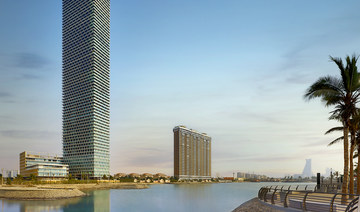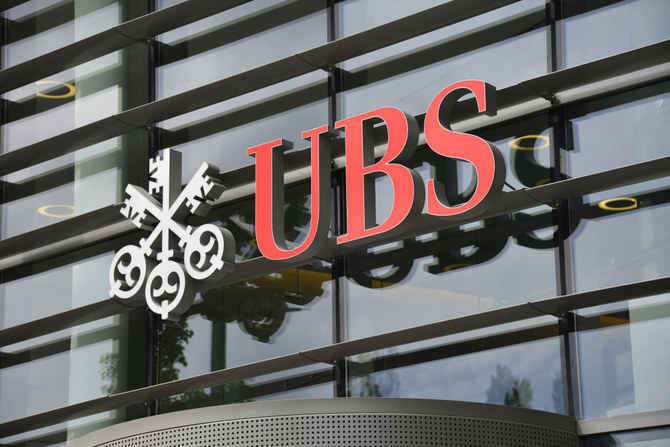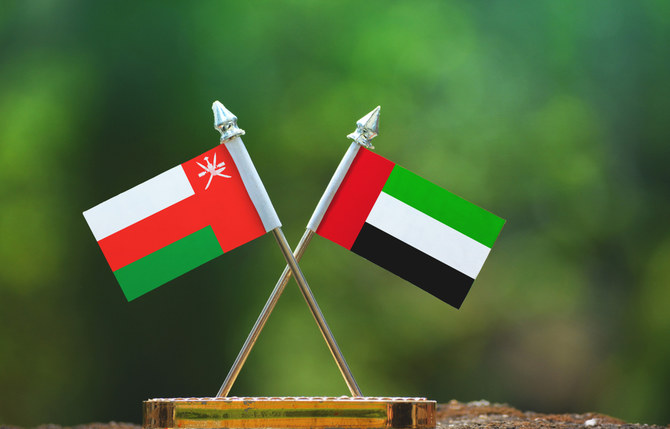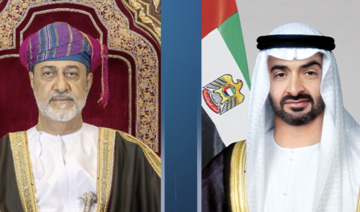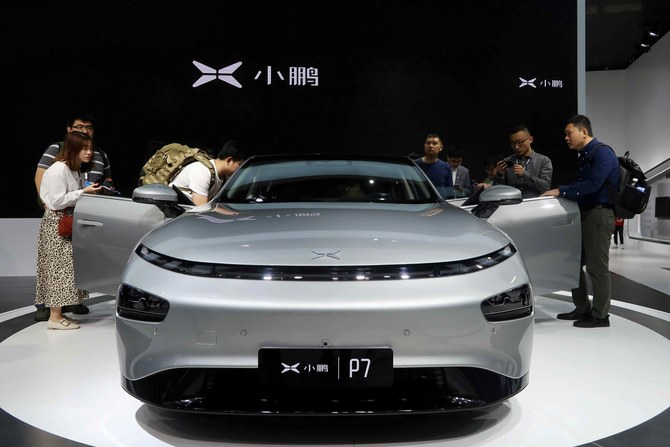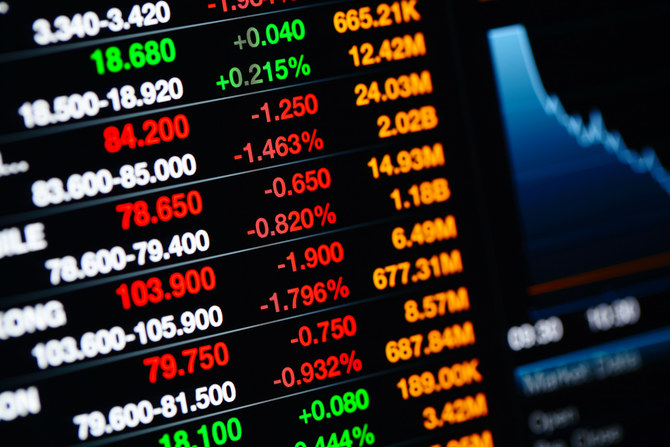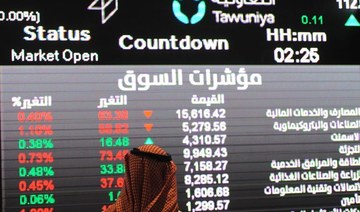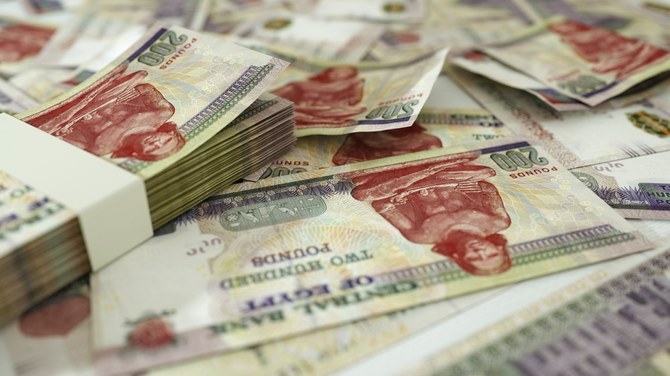RIYADH: A limited number of tourists will be allowed to visit the new luxury Red Sea holiday destination to ensure preservation of the resort’s “natural treasures,” according to a top official of the company leading the development.
In an exclusive interview with Arab News, Najwah Hamzeh, senior smart destinations director at the Red Sea Development Co,. admitted that sustainability is costly, but lack of sustainability is even more expensive.
She said that TRSDC projects will offer both luxury and ultra-luxury offerings to tourists, and it is working to ensure that “a hundred years from now, we are going to experience exactly the same natural treasures in the Red Sea.”
Speaking on the sidelines of the Real Estate Future Forum held last week in Riyadh, the TRSDC official told Arab News: “Our offering from the beginning is luxury and ultra-luxury. It is not going to be a cheap destination.
Opinion
This section contains relevant reference points, placed in (Opinion field)
“We are limiting the number of tourists to the destination to keep it sustainable and to enhance the environment.”
Hamzeh noted that the company has already started research and studies to sequester carbon naturally, by creating marine algae production farms and enhancing biologically diverse habitats.
The official revealed that the company is in talks with the Saudi Transport Ministry to import and regulate electric vehicles within the luxury project site.
She told Arab News that the first resort of TRSDC would be opened in 2023.
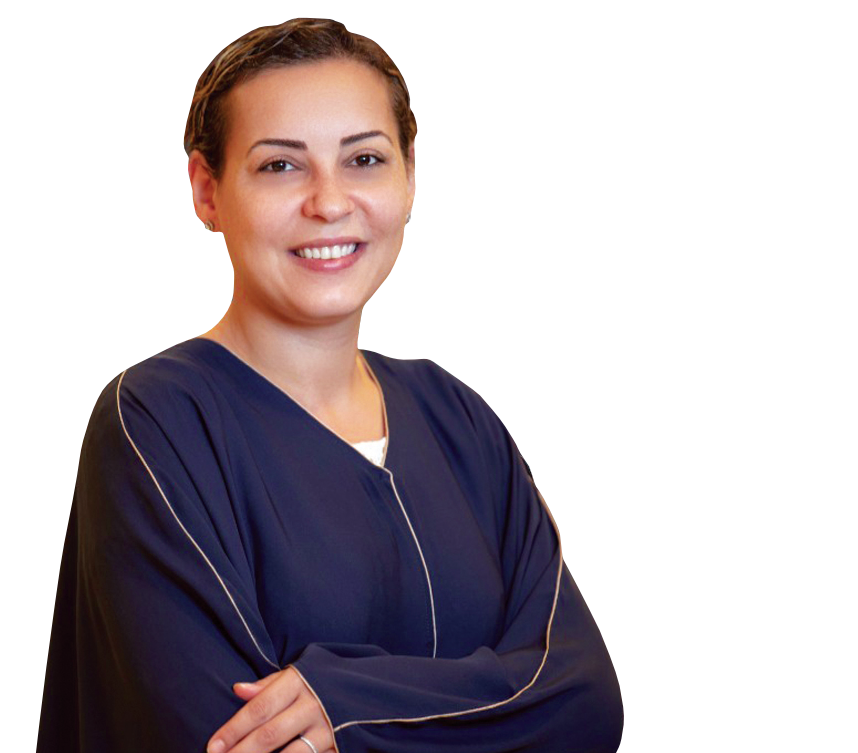
Najwah Hamzeh, Senior smart
destinations director, TRSDC
“The Red Sea and AMAALA project will really set new standards. We are evolving naturally to become a model or an example for regenerative tourism destinations in the world,” said Hamzeh.
Rejecting the notion of competition between giga-project developers working in the Kingdom, she said: “We actually work together. We are learning from each other. We meet at least once a month, all the giga-projects together.
“There may be some elements of competition. I don’t feel it from our side, but maybe in the development. But that is the whole idea, right? How do you build that fast.”
Hamzeh revealed that TRSDC will apply augmented and virtual reality technologies along with metaverse experience to help people visit the projects without being physically present on the site.
TRSDC is developing an area over 28,000 square kilometers on the west coast of Saudi Arabia. It recently closed a SR14 billion ($3.7 billion) term loan facility and revolving credit facility with four Saudi banks.
The Red Sea and AMAALA project will really set new standards. We are evolving naturally to become a model or an example for regenerative tourism destinations in the world
Najwah Hamzeh
The final quarter of 2023 will see the completion of the project’s first phase, which includes the building of 16 hotels with 3,000 rooms across five islands and two inland sites.
This milestone will also see the development of air, land, and sea transport hubs.
In October 2021, the company announced the signing of a deal to operate nine hotels that are set to open in the first phase, with five of them opening in 2022.
Saudi Arabia was reportedly home to over 50 natural and artificial wetlands.
While the number could be different now from almost a decade ago — due to the ephemeral and transient formation of these lands — wetlands still remain a scarcely discussed topic when compared to other environmental issues.
TRSDC, which is creating a regenerative tourism destination along Saudi Arabia’s west coast, is keen to highlight the importance of coastal wetlands.





